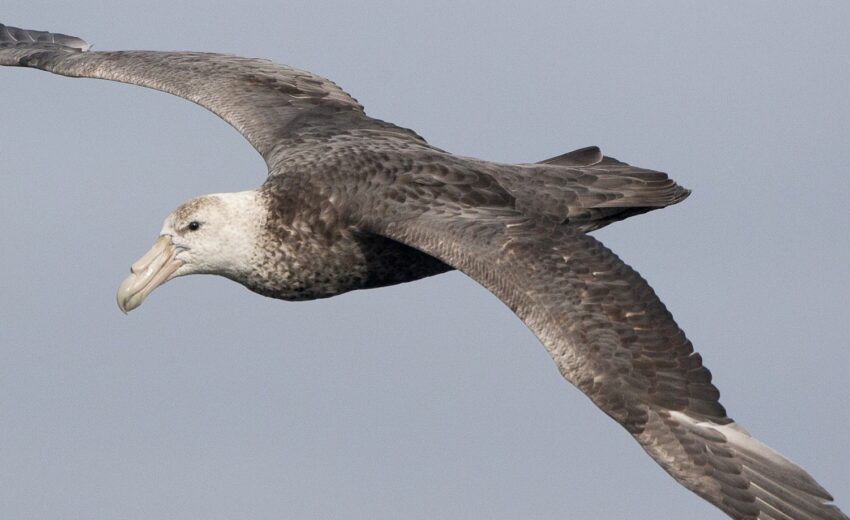The giant petrel is a sea bird that hails from Antarctica up into the subtropical areas of South America, Australia, and Africa. They may look a little like an albatross but when they
- Zoology
- Daily Critter Facts
- For Teachers
- Study Guides
- Diseases & Parasites
- Contact

